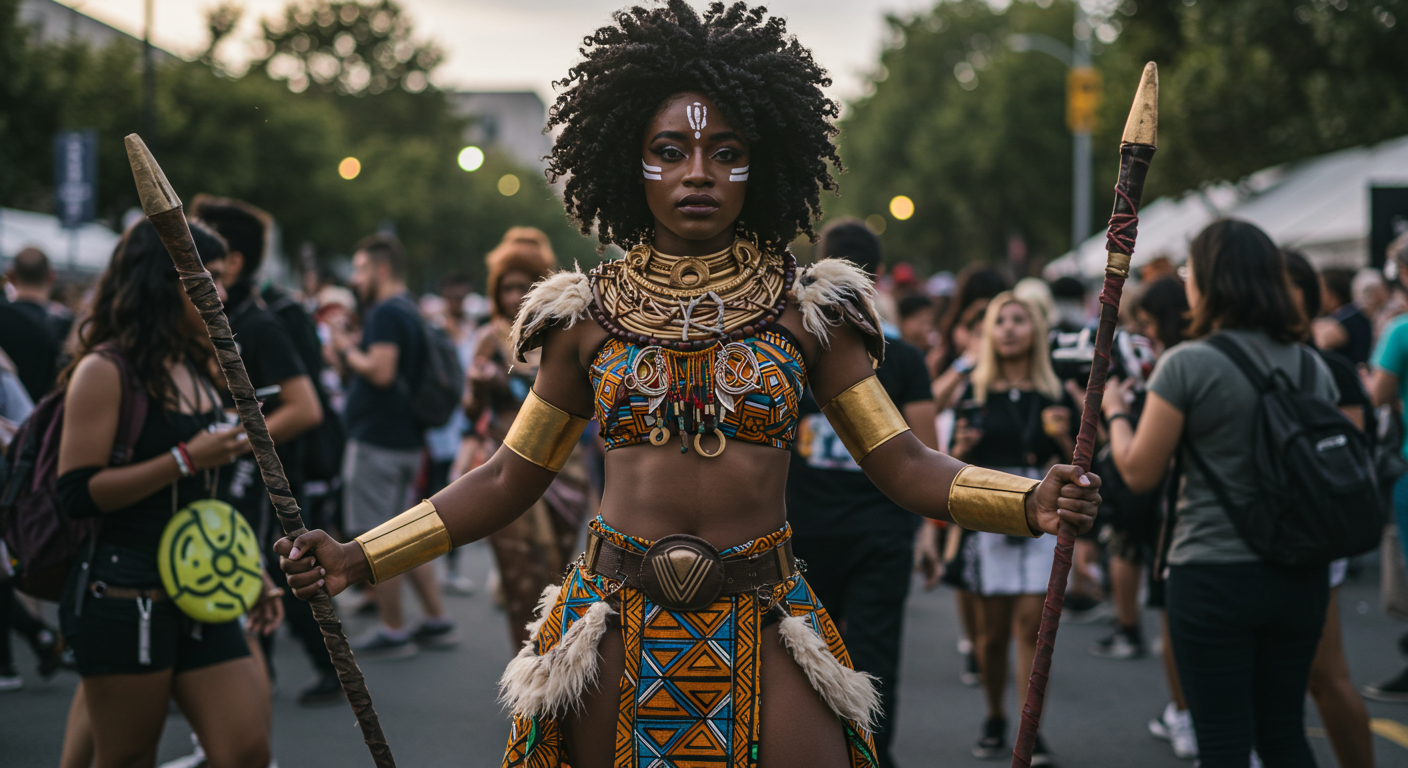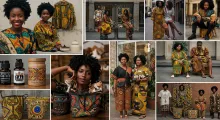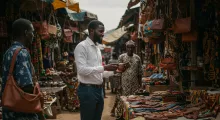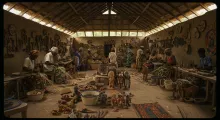Cosplay, short for "costume play," has grown from a niche fandom to a vibrant global community. From Comic Cons to social media platforms, fans express their love for characters by recreating their looks. But in recent years, Afro-Cosplay has emerged as a powerful movement—reimagining fantasy through the lens of African culture and creating space for Black representation in geekdom.
What is Afro-Cosplay?
Afro-Cosplay involves African-inspired or Black-centered costume play. This may include:
Cosplaying as African characters from popular media
Reimagining well-known fantasy or anime characters with African aesthetics
Creating original Afro-fantasy personas using tribal symbols, hairstyles, or fashion
It’s not just dress-up—it’s a reclamation of space in a world where African and Black characters have often been marginalized.
Origins and Rise
Afro-Cosplay began gaining traction with the rise of Afrocentric fantasy content like Black Panther, The Woman King, and African mythology-themed games and comics. Cosplayers of African descent began embracing characters that reflected their identities or reinterpreting white-centric characters to mirror African royalty, warriors, and deities.
Social media platforms like Instagram, TikTok, and Twitter further amplified the movement. The hashtags #BlackCosplayers, #AfroCosplay, and #CosplayingWhileBlack are now digital stages of cultural creativity.
Key Elements of Afro-Cosplay
Traditional African Fashion
Many Afro-Cosplayers integrate Ankara prints, Maasai beads, Zulu shields, or Fulani braids into their costumes. A character like Wonder Woman may be reimagined in a Shweshwe bodice with bronze cuffs.Hair as Heritage
Hairstyles like cornrows, Afros, locs, and headwraps become more than just style—they symbolize lineage. Characters with wigs or helmets are re-envisioned with natural hair textures and braids.Mythology Meets Sci-Fi
Some Afro-Cosplayers go beyond pop culture, creating original fantasy looks inspired by Yoruba gods (Orishas), Egyptian goddesses, or West African warriors. It’s cosplay that educates while dazzling.Armor & Weaponry
Afro-futuristic armor made from recycled materials or fabrics mimicking barkcloth, leather, or bronze reflects African traditions while aligning with global fantasy tropes.
Notable Afro-Cosplayers
CutiePieSensei: Known for reimagining Marvel and DC characters in African regalia.
Jay Justice: Blends activism and cosplay, spotlighting Black heroes in media.
Khary Payton: An actor and cosplayer who voiced Cyborg and supports Afro-geekdom.
Their works demonstrate how cosplay can be both celebratory and revolutionary.
Afro-Cosplay at Comic Cons
From Lagos Comic Con to FanCon Cape Town and international events like New York Comic Con, Afro-Cosplay now has visibility on global stages. Competitions, panels, and meetups showcase African talent and heritage.
Challenges and Representation Issues
Gatekeeping in Fandoms: Black cosplayers often face racism, with critics claiming certain characters "aren’t supposed to be Black."
Lack of African Characters: While things are changing, African representation in global comics, anime, and fantasy remains limited.
Cost Accessibility: High-quality cosplay materials can be expensive; many Afro-Cosplayers turn to DIY and thrift flips to create magic on a budget.
The Future of Afro-Cosplay
Afro-Cosplay is more than a trend—it's a cultural shift. With the rise of African comics, fantasy books, and films, future generations will have more characters to identify with. Afro-Cosplayers are not just fans—they're creators, visionaries, and champions of change.



